Israel’s leading university ramps up multidisciplinary COVID-19 battle
May 2020
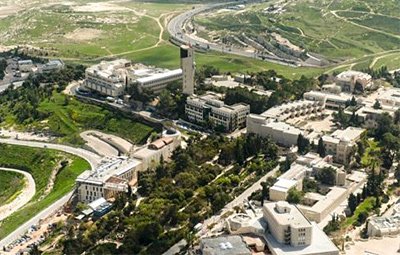 Hebrew University is applying its full scientific and medical expertise and resources to combat COVID-19. Many of Israel’s top scientists in the fields of virology, microbiology, immunology, cellular biology, epidemiology, nanotechnology, computer science, chemistry, and physics are members of the HU community and have joined forces to win this battle.
Hebrew University is applying its full scientific and medical expertise and resources to combat COVID-19. Many of Israel’s top scientists in the fields of virology, microbiology, immunology, cellular biology, epidemiology, nanotechnology, computer science, chemistry, and physics are members of the HU community and have joined forces to win this battle.
They are working intensively on broad aspects of the viral epidemic, scaling up virus detection efforts, developing new tools to identify the virus, new protocols for patient treatment, the prevention of infection, and the development of new vaccines. They are studying the impact of social isolation, of the economic crisis, on how particular populations are affected, and building upon existing research platforms to improve filters, infection-proof surfaces, and more.
![]()
LEADING THE EFFORT
Leveraging its areas of scientific strength and its interdisciplinary capabilities, Hebrew University’s Coronavirus Steering Committee, composed of internationally leading scientists, is guiding these efforts. The Committee identifies main fields of required research, enhances interdisciplinary collaborations, and sets priorities in allocating staff, equipment, and funding among the various research projects.
Here’s a sampling of the research currently underway across the university:
DIAGNOSTICS AND GENETICS
Hebrew University researchers are designing and testing rapid diagnostic kits, shortening the test time needed and developing ways to scale up testing. We are also developing means to identify those exposed to or recovered from the virus who may now harbour valuable antibodies to the virus. This may help identify those already resistant to the virus, improve isolation modes and minimize the spread of the epidemic.
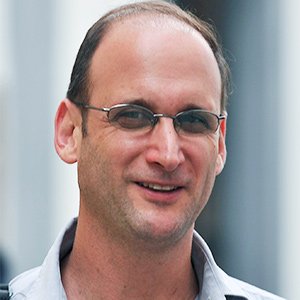
Developing a speedy and simple diagnostic kit for COVID-19
This project uses highly specific molecular probes to ‘fish out’ viral RNA’s and to test – via specific DNA molecules and/or gold nanoparticles – for infection by SARS-CoV-2. (Yavin, Pharmacy)
Fast and ultrasensitive detection of COVID-19 RNA for point-of-need diagnostics
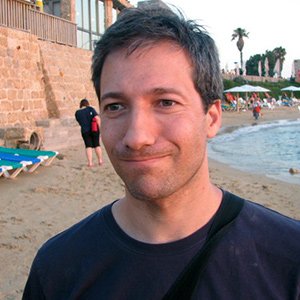
Current testing, using PCR (polymerase chain reaction) is slow, expensive, and requires expert equipment, reagents and well-trained personnel. A new technology for ultra-sensitive and speedy (< 1min) detection of a range of pathogens (bacteria and viruses) relies on the detection of single molecular interactions using cutting-edge fluorescence microscopy.
Already proven on proteins and DNA molecules, this technology will be adapted for the detection of COVID-19-RNA molecules in the form of a disposable, low-cost kit, to be used in conjunction with a compact and handy optical device also currently under development. Such tests may be used anywhere (eventually even at home), administered by untrained personnel, and will provide an immediate yes/no answer. (Sherman, Physics)
Developing mass testing for COVID-19
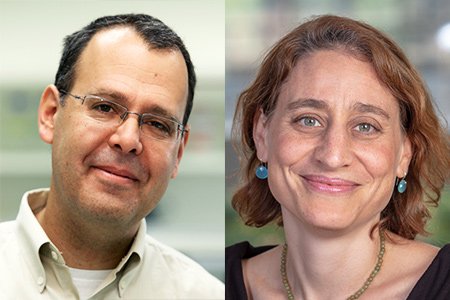
It’s clear the next steps in managing the COVID-19 pandemic will require large scale testing. This new approach, relying on gold standard tests, harnesses sequencing to test samples – aiming to replace labour-intensive molecular steps with those based upon high-throughput genomics.
This approach could allow a single technician to process thousands of samples per day and can be readily automated and low cost. (Friedman, Computer Science and Engineering, Life Sciences and Habib, ELSC)
Ultrasensitive, ultrafast electrical detection of coronavirus
Coronavirus is characterized by a specific single-strand RNA and its detection is the key to identifying infection. Current testing is slow, and meanwhile patients infected unknowingly spread the disease. This project aims to develop a novel technology for ultrasensitive, ultrafast detection of minute amounts of DNA and RNA based on Electrical Detection of Nucleic Acids (EDNA).
This method will enable unprecedented sensitivity and multiplex detection, thus enabling very early detection of the infection. (Porath, Chemistry, Nanoscience and Nanotechnology and Dor, Medicine)
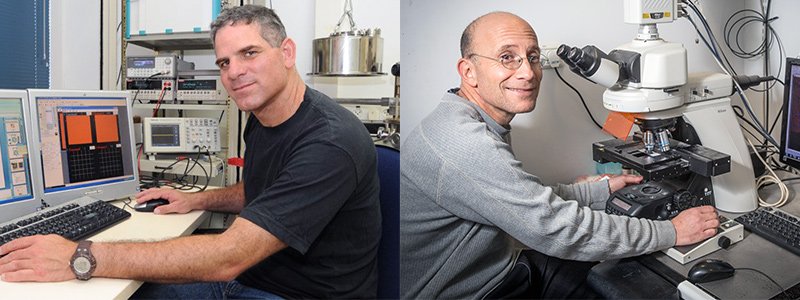
MODEL RESEARCH SYSTEMS FOR COVID-19 RESEARCH AND ANTI-VIRAL DRUG DEVELOPMENT
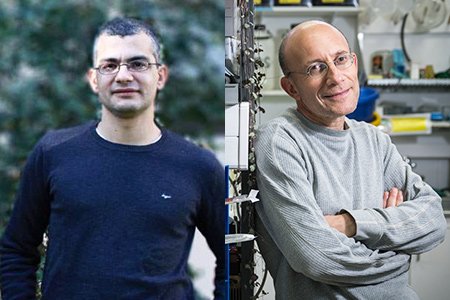
HU researchers are designing needed biological models for testing potential vaccines and anti-viral drugs for COVID-19
A transgenic mouse model for testing corona
Since mice do not express the coronavirus receptor, no corona mouse model exists upon which vaccines and therapies may be tested. HU researchers are working to generate a transgenic mouse model via a quicker method than commonly used, using an engineered lentivirus. (Nissim, Dor, et. al., Medicine)
IMPROVING HUMAN CAPACITY TO COMBAT THE VIRUS
The immune system plays the role of a double-edged sword in its encounter with the viral disease. Some immune cells, such as those that produce antibodies, are helping to defeat the virus, while other immune cells produce factors that aggravate the disease, particularly the virus-induced pneumonia. HU scientists are designing novel approaches to reinforce the constructive immune components and weaken the destructive ones of the immune system.
Targeting humans to defend against lethal coronavirus infection
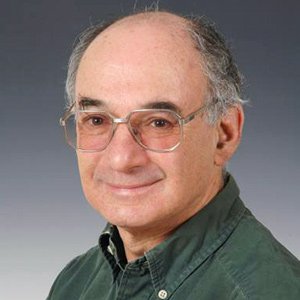
Coronavirus kills by evoking an inflammatory storm, especially in the lungs. In a paradigm shift, the Kaempfer lab provides a novel therapeutic approach to protect broadly from lethal coronaviruses, particularly novel emerging pandemic strains, thus containing outbreaks and preventing virus spread. The Kaempfer lab discovered that snippets (‘peptides’) of three key proteins displayed on the surface of our immune cells can effectively attenuate and prevent a harmful inflammatory response and thereby protect from lethal influenza virus, which kills using the very same mechanism as COVID-19.
Their next-generation peptides look to be even better candidates for controlling the lethal inflammatory response to active coronavirus infection as the Kaempfer lab pursues research with human immune cells and with mice that are sensitive to COVID-19. (Kaempfer, Medicine)
Identifying protective antibodies targeting SARS-CoV-2 from recovered patients
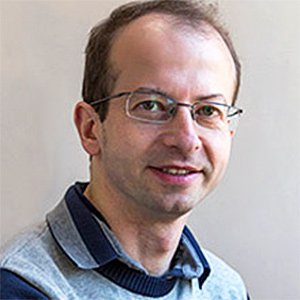
Using the plasma of COVID-19 survivors is a promising treatment. However, the supply of immune plasma is limited. With an approach that incorporates computational biology, structural data and modeling, HU is working to identify and clone the genes that encode for protective antibodies in recovered patients, thus allowing for the mass production of recombinant, protective anti-SARS-2 antibodies that will be available for therapy and diagnosis. (Rouvinski, Medicine)
Improving the capacity of the immune system to combat the virus
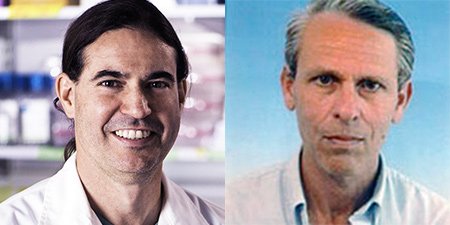
The immune system acts as a double-edged sword – some immune cells help to defeat the virus while others aggravate the disease, particularly virus-induced pneumonia. Collecting data on cytokine profiles of COVID-19 patients will be used to evaluate efficacy of certain treatments currently approved for asthma and dermatitis treatment. (Berger, Friedlander, Medicine)
DRUG DEVELOPMENT
HU scientists are leveraging previous research on similar viruses and experimenting with repurposing clinically approved drugs to reduce infectivity and prevent tissue damage caused by the virus.
Developing new drugs based upon “older” virus research
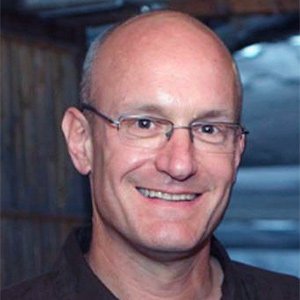
COVID-19 is a close relative of the SARS virus (2003), both virulent rogue strains of the common cold. Work in the Arkin lab on SARS-CoV-1 helped to identify factors causing its excessive virulence. Further research looked into how viruses might develop resistance against drugs, which can help design new drugs that are effective against resistant strains.
Given the similarities between SARS-CoV-1 and SARS-CoV-2, the lab is now examining unique elements in the new virus as potential drug targets, and searching for new anti-viral agents. Several promising candidates have already been identified and are under extensive investigation. (Arkin, Life Sciences)
Swift, en masse molecule screening of potential drugs to inhibit coronavirus function
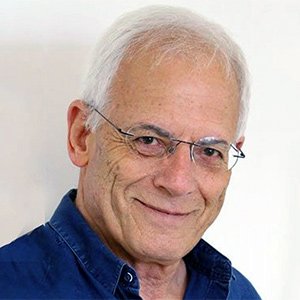
The Goldblum lab developed a prize-winning algorithm which has been the basis of patents and publications for over 60 drug candidates for diverse conditions: from treating fatty liver disease to reducing iron load in cancer. This algorithm, “Iterative Stochastic Elimination” (ISE), is unprecedented in its ability to cut through an immense number of options and swiftly identify excellent solutions for extremely complex problems such as in drug discovery.
The Goldblum lab’s most advanced project to date is the result of modeling nano-liposomal drug delivery based on the properties of drugs and their stability in the blood vessels. The lab will leverage this capability to reach clinical studies of several anti-SARS-2 drug candidates and then improve them. (Goldblum, Pharmacy)
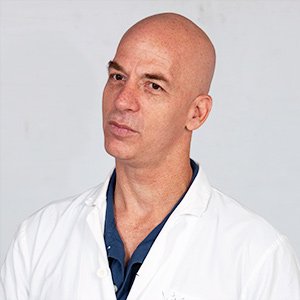
Viral envelop and receptor decoys
Fusion proteins composed of the extracellular domains of ACE2 and S proteins fused to human IgG1 will be developed as receptor and virus mimics, respectively, to block interaction of the virus with lung cells. (Mandelboim, Medicine)
DEVELOPING METHODS TO NEUTRALIZE PATHOGENS
HU scientists are working to develop advanced matrices for the neutralization of pathogens which can then be applied in components in masks or ventilation systems, or used to block adherence to surfaces. The active neutralization matrices will be based on nanoparticle catalysts or biocatalysts and “green” chemical components.
Development of advanced matrices for neutralization of pathogens
This project seeks to develop matrices for the neutralization of pathogens for masks or ventilation systems based upon nanoparticle catalysts and or biocatalysts and “green” chemical components (glucose/fructose and ascorbic acid-vitamin C). (Willner, Chemistry and Pikarsky, Medicine)
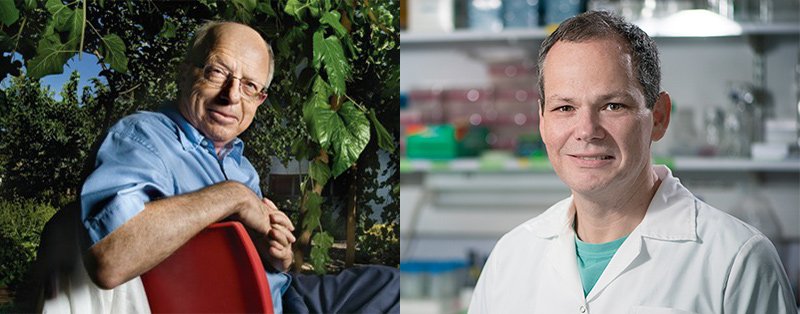
Design, coordination and production of tools to reduce viral transmission
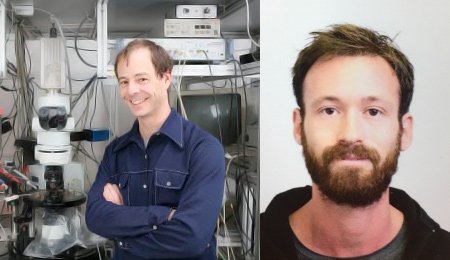
A large proportion of virus dissemination is through exposure to common surfaces (door handles, cart handles, elevator buttons, etc.). The Fabrication Laboratory at ELSC is designing simple, easy-to-manufacture solutions for reduction of the need for hands to touch these surfaces. For example, a smartphone-located tool for use in opening doors, pressing switches, etc.
The Lab will work with Israel’s ‘maker’ community, including at Bezalel, to share designs and coordinate production. (Citri, with Frachtenberg, ELSC)
Developing environmentally-friendly and non-toxic coating to prevent the adhesion of viruses
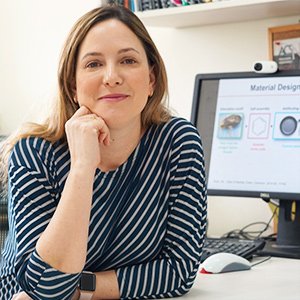
The Reches research group developed a peptide-based coating that prevents adhesion of proteins to surfaces and as such avoids attachment of bacteria, fungi and other organisms. COVID-19 is a unique virus that can survive for a relatively prolonged time on surfaces. Since the peptide-based coating already developed by Reches can prevent protein absorption to surfaces, it’s expected that it would also prevent the adhesion of viruses. This hypothesis will be tested with similar viruses (Infectious Bronchitis Virus) and later COVID-19.
In parallel, the ability of the peptide-based capsules that contain anti-viral enzymes to degrade viruses will be addressed. The resulted coating would not only prevent the adhesion of COVID-19, but it would apply to all viruses, bacteria and other microorganisms. The peptide can be manufactured in large scale and sprayed on surfaces such as in hospitals, food preparation and production sites, public transportation, etc. (Reches, Chemistry, Nanoscience & Nanotechnology)
WHO IS MOST SUSCEPTIBLE?
Molecular epidemiology studies identify virus-susceptible and -resistant populations. Genetic variations among people may explain why some people are infected and others not, and why some develop more severe symptoms than others.
Israel’s population is one of the world’s most diverse, and the study of genes affecting virus infectivity and spread as well as immune-response genes may teach us how to halt this and other epidemics. A new patient sample bio-bank (under construction) will offer unique opportunities to understand the genetic factors contributing to disease susceptibility; and our computational scientists, epidemiologists and geneticists will join forces to screen and study the relevant genes.
SOCIETAL IMPLICATIONS OF THE DISEASE
What are some of the wider ramifications of this pandemic? How are people psychologically affected by isolation, what are the financial implications, how can cities organize to best address such situations?
Simulating city resilience to major disasters
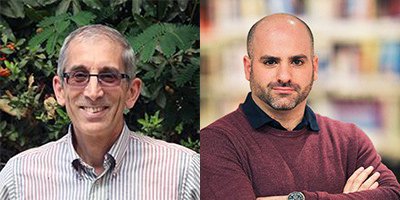
A micro-simulation model has been developed to simulate the resilience of cities to overcome major disasters. At the heart of the model are programmable ‘agents’ whose behavior is determined by a series of decision rules. The model can relate to real-world urban contexts or to hypothetical urban spaces. The model can be used to simulate spatial contagion effects of the coronavirus in Israeli cities, addressing issues such as the number of fatalities, peak epidemic reach, and the time until the epidemic dissipates.
The simulation could also be run for particular policy (intervention) scenarios and the outcomes, then compared to the baseline. Such simulation model results can help policy makers facilitate a comparison of the various outcomes and more easily assess possible interventions. (Felsenstein and Grinberger, Geography)
Improving well-being in difficult times
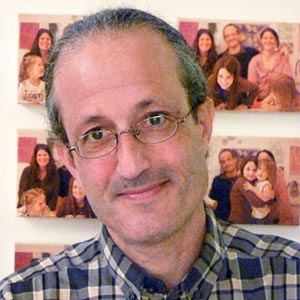
The implications of the coronavirus era on individuals, and on the nature of our societies, is currently a big mystery. Two projects with colleagues at major US universities are addressing the cognitive-psychological aspects of the coronavirus pandemic, with the goal of suggesting new ways to improve wellbeing in such difficult circumstances.
One is examining how humans process information, what information they choose to process, and how their predictions lead to actions. A second project addresses how the crisis affects the way minorities and other marginalized groups are treated. (Hassin, Psychology)
IN THE PIPELINE
Many additional projects in each of the above categories from across the university are actively underway, and many more additional research directions have been proposed, all leveraging HU’s expertise and bringing together new collaborative partners.
Hebrew University researchers are intensifying their current Canadian scientific collaborations connected to the coronavirus. Their laboratory trials offer real hope in the treatment and mitigation of symptoms related to COVID-19. They’ve already succeeded in speeding up testing and result time. Please support their efforts with a gift today.
Learn more.
Make An Impact